What can you plant next to peppers?
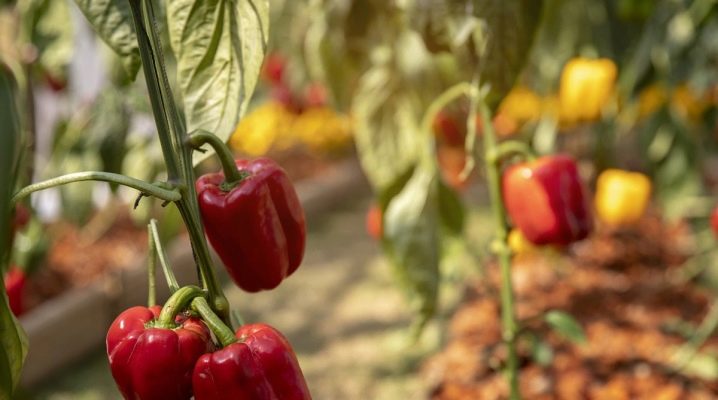
Bell pepper is a whimsical and heat-loving plant, the development of which directly depends on who it is with on the site or in the greenhouse. It is worth considering in more detail which crops can be planted near peppers in the open field - in a garden bed - or in greenhouse conditions, and which crops can be better abandoned.
Successful outdoor neighbors
When choosing crops that will huddle next to pepper, it is worth considering the growing conditions, ways of carrying out preventive measures, as well as care options. A pepper can have several optimal neighbors.
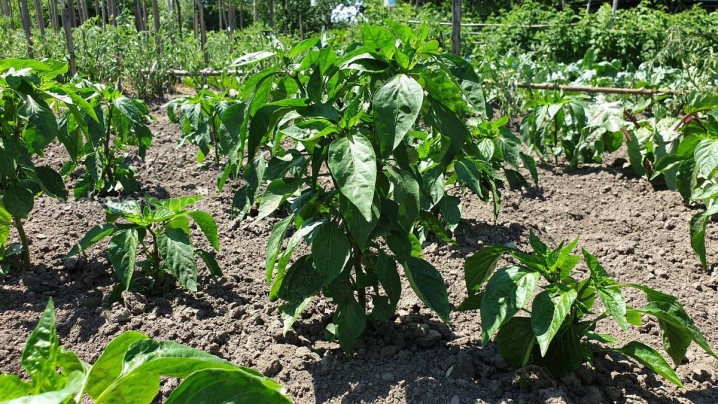
Corn
Pepper is a culture with extreme sensitivity to any temperature extremes. Therefore, planting on the north side of the corn will provide excellent protection from cool winds and drafts.
At the same time, the sun's rays will be enough for the culture for active growth - the corn does not take them away.
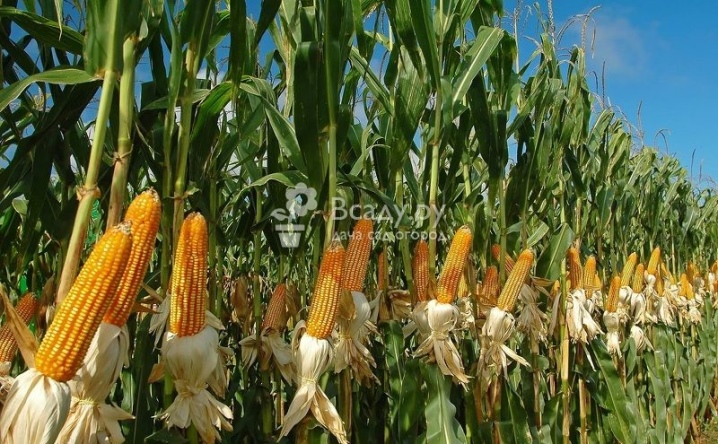
Eggplant
A convenient option, since eggplants are unpretentious in care and can withstand temperature changes. Growing such a crop next to pepper will significantly reduce labor costs for plant maintenance.
In addition, pepper itself is able to act as a defender against viruses and diseases, so the neighborhood is useful for both.

Cabbage
Pepper can be combined in the garden only with some varieties of cabbage. Mostly gardeners planted in the neighborhood:
- white cabbage;
- colored.
It is important to pay attention to the fact that cabbage has rather large leaves. Therefore, it is best to place the two crops at a considerable distance from each other so that the pepper receives enough sunlight.
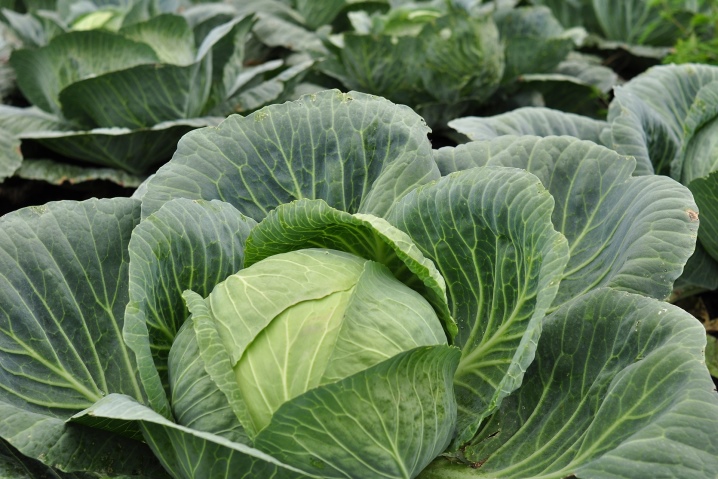
Carrot
Another good neighborhood option, where carrots will act as a protector against excessive moisture evaporation. Planting the crop will prevent the soil from cracking, even at high temperatures, so the pepper will grow healthy and strong.
In addition, gardeners note that carrots scare off pests that can worsen the development of the vegetable in question.
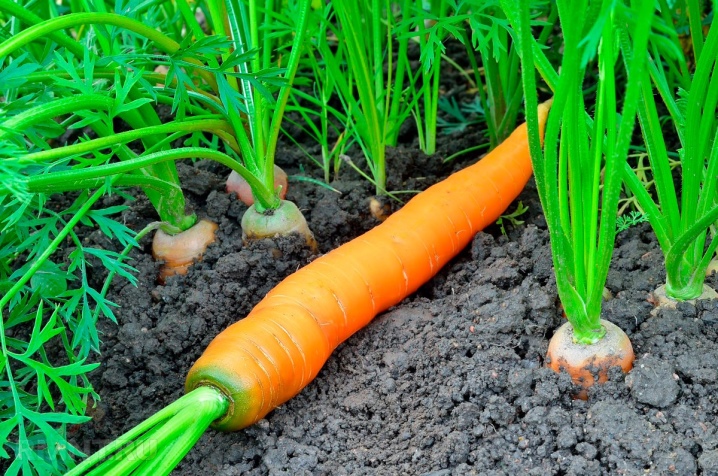
Zucchini
Great for planting in the neighborhood in the open field. The only condition will be to place crops in such a way that pumpkin does not grow nearby, otherwise both plants will be infected with serious diseases.
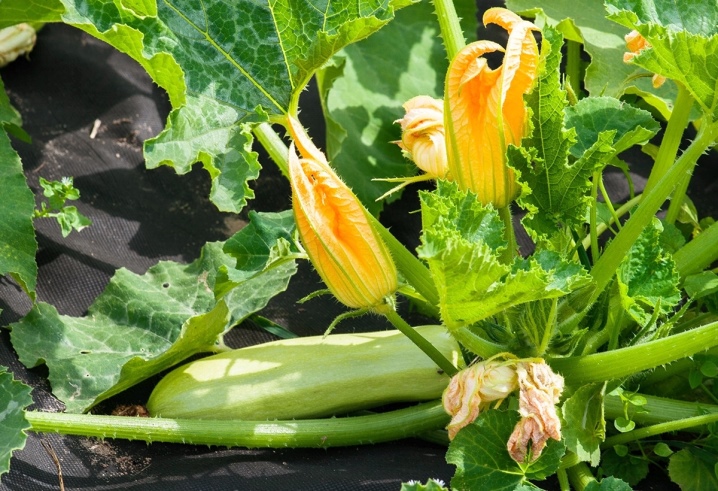
Beans
A good planting option for peppers. Bean functions:
- saturation of the soil with nitrogen;
- protection against pests;
- ensuring active growth.
However, it is worth making sure that the shoots of legumes are not considered a support for the bushes of peppers, which are not able to withstand such a load.
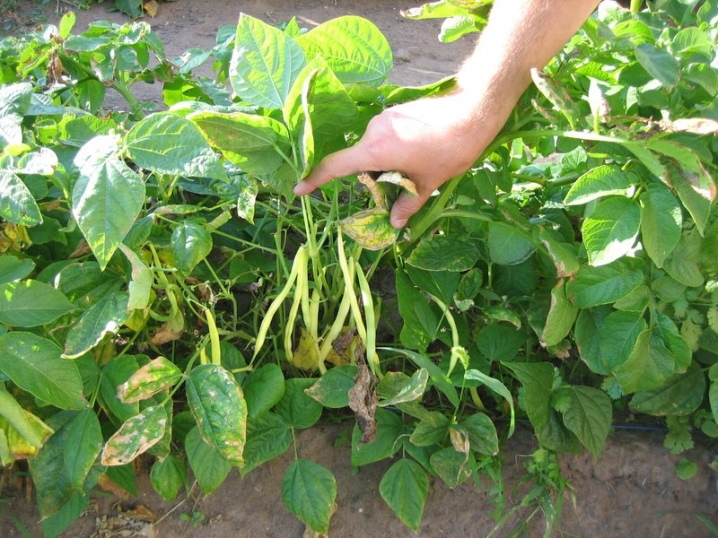
Tomatoes
Peppers and tomatoes are crops from the same family, so planting them in the neighborhood will not be a bad decision. But there are a number of contraindications that need to be taken into account.
- Tomatoes need regular ventilation. Peppers, on the contrary, do not tolerate drafts and are very demanding of warm air.
- Plants have similar diseases. Therefore, if at least one culture is infected, the risk of infection of the second one increases.
Otherwise, planting tomatoes nearby will not bring anything bad to the pepper bushes.
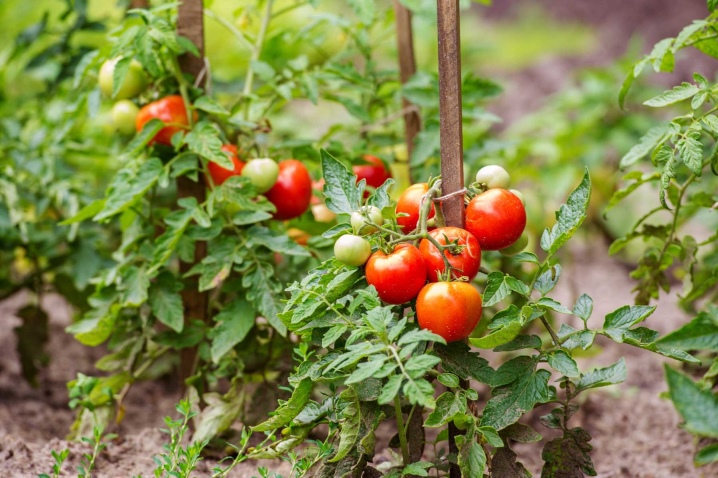
Onion and garlic
They are distinguished by the active production of phytoncides, which accelerate the growth of vegetables and protect them from the effects of bacterial or fungal infections. Therefore, often in the garden you can find onions or garlic near pepper ovaries.
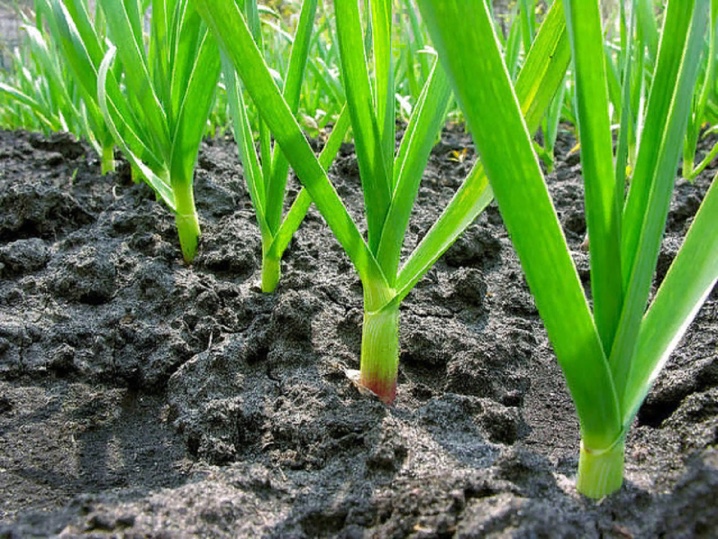
Spices
They will protect the peppers from dangerous bacteria and have a positive effect on the yield of the bush. Usually planted next to:
- marjoram;
- thyme;
- basil.
Gardeners consider planting long herbs to be an interesting solution, with the help of which it will also be possible to decorate the site.
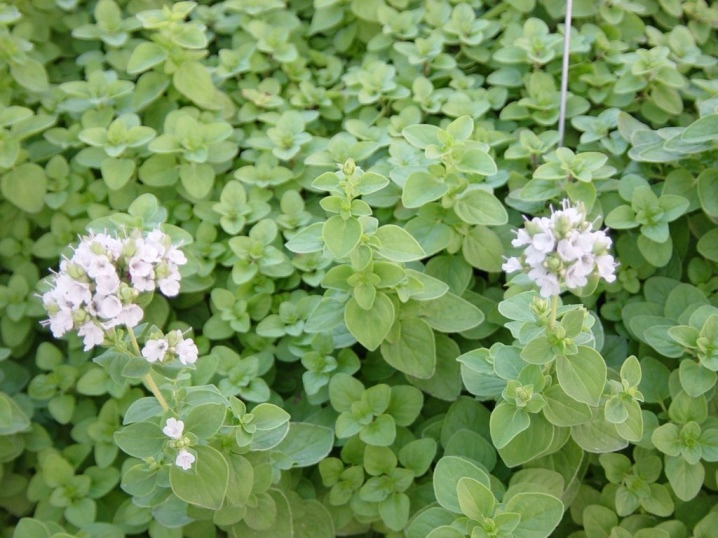
Weeds and flowers
Surprisingly, weedy species can also improve yields and become protectors for pepper crops. This is explained by the specific smell of most weeds, which repels pests:
As for flowers, you can plant petunia, calendula or chamomile next to the pepper. Finally, peppers will do well with strawberries.
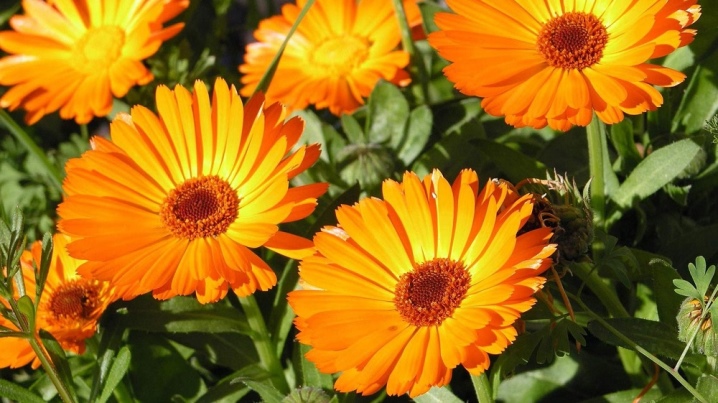
Better compatibility in the greenhouse
Mixed plantings are justified only if it is planned to develop a new variety that will grow in special conditions and have improved characteristics. So, many species were bred in order to develop their crop protection from pests.
A polycarbonate greenhouse can accommodate many different plants and animals. Therefore, before planting pepper, you should carefully consider where and what kind of culture will be placed. The simultaneous development of different plants can lead to difficulties if you do not correctly approach the distribution of seedlings.
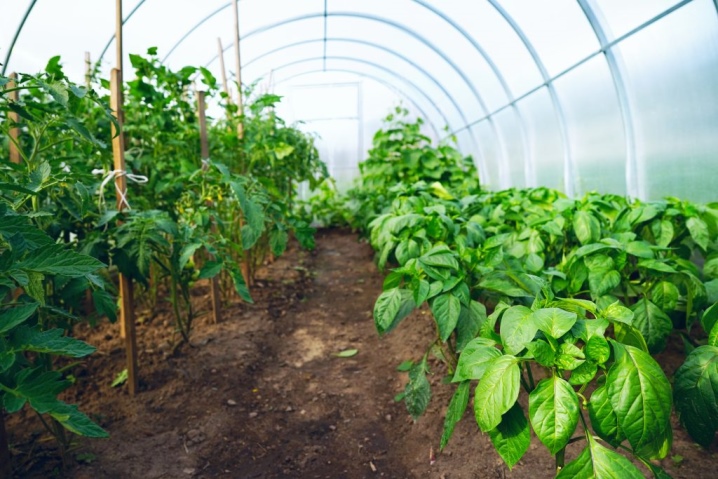
Nearby in the greenhouse, spicy herbs and ornamental plants are mainly planted, including:
- basil;
- coriander;
- marigold;
- parsley;
- Dill;
- thyme.
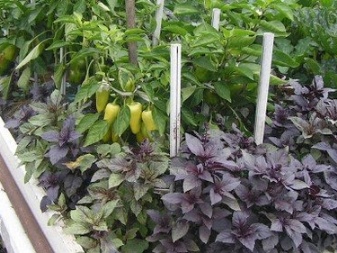
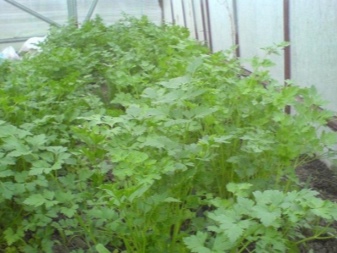
And this is not a complete list of available options, which are not difficult to plant. The listed plants will make excellent neighbors. If we consider more serious crops, then pepper will be happy to grow with:
- radish;
- lettuce;
- spinach.
The peculiarity of the listed crops is their late sowing. Gardeners note that it is possible to grow green plants both on an ongoing basis, and as additional neighbors that will not interfere with the development of the main culture.
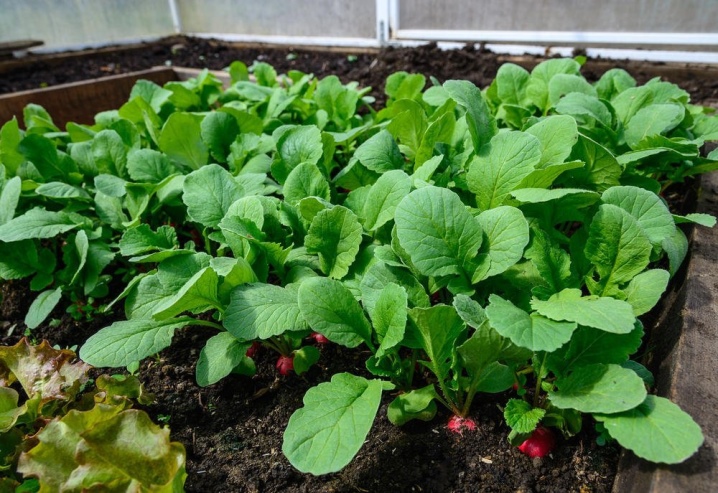
Plus small plants planted in the neighborhood, in their location almost at the very ground. Such "babies" will protect the soil from excessive evaporation, which will have a positive effect on the health of the pepper bushes.
To summarize, let's name the top 3 best neighbors.
- Carrot. A versatile option that will prevent soil drying out and share nutrients.
- Cucumbers. Surprisingly, in a greenhouse, pepper gets along well with a thermophilic plant, despite the variety's need for abundant lighting.
- Zucchini. Bell peppers have a special relationship with them. Both species currently require abundant irrigation.
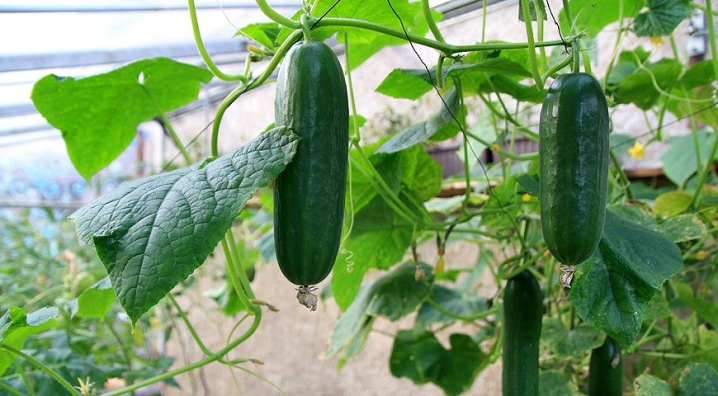
Additionally, when planting peppers, it is worth considering the distance between seedlings: it should not be less than 30–40 cm. This is necessary so that the plants do not block each other's access to the sun. In the process of planting, there are several rules to consider:
- undersized varieties should go along the edge of the garden;
- the tall ones are located in the center.
The seedlings can be transferred to the greenhouse when optimal conditions for the growth and development of plants are formed inside. A couple of days before planting seedlings, the soil must be fertilized with mineral components in the form of potassium sulfate.
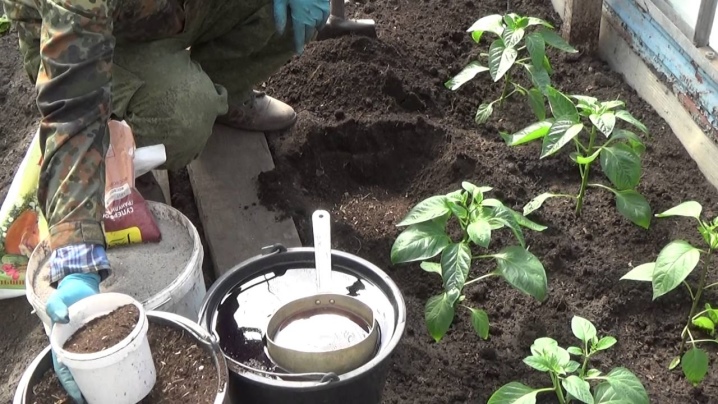
What can not be planted with?
It is interesting, but not all peppers are able to get along on the same bed. Some crops not only do not protect any varieties of peppers from pests that eat stems or leaves, but also take away nutrients.
Potato
Poorly attuned to any kind of pepper. Causes:
- common diseases with which plants quickly become infected;
- active collection of nutrients by tubers from the soil.
If you plant potatoes next to a pepper, the second will quickly die or bring a tiny crop.
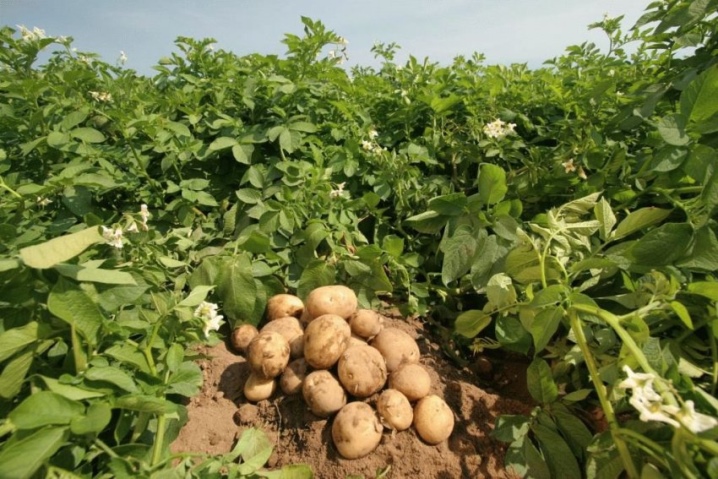
Beet
Another crop that has a negative effect on the bushes of the vegetable in question. The beets contain substances that can cause the death of neighbors. Therefore, it is recommended to plant the plant, in principle, away from most crops.
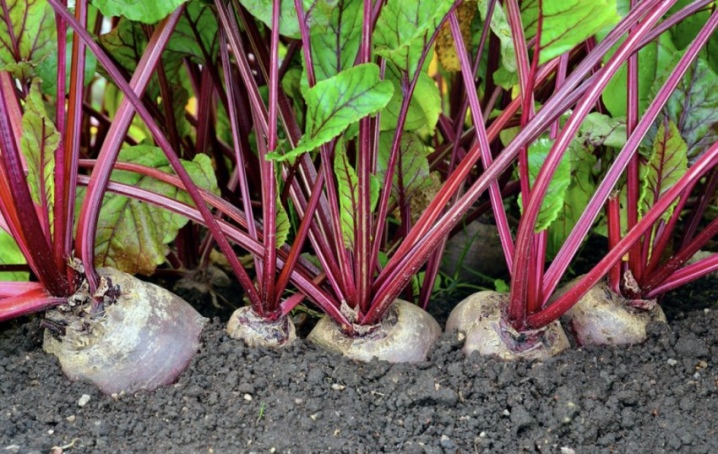
Pepper
Gardeners do not advise planting different varieties next to each other, unless it is planned to breed something new, otherwise the peppers will give an unstable and small crop, and many bushes will weaken the immune system.On average, before planting sweet and hot peppers, a distance of 15 m is maintained so that the plants do not take away each other's nutrients.
Nearby, if desired, you can plant sweet peppers of different colors and sizes. However, do not grow them nearby with flowers of different shades.
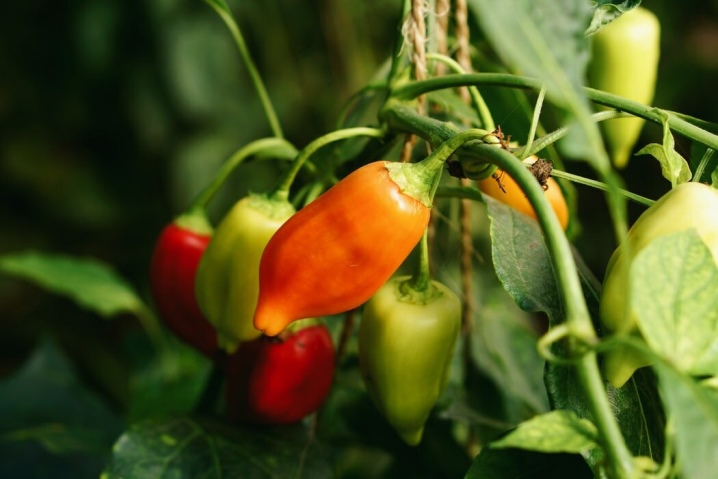
Choosing a neighbor to improve the yield and other characteristics of a pepper requires careful consideration. Before planting seedlings, gardeners are advised to carefully study the features of the soil, the temperature regime.













The comment was sent successfully.